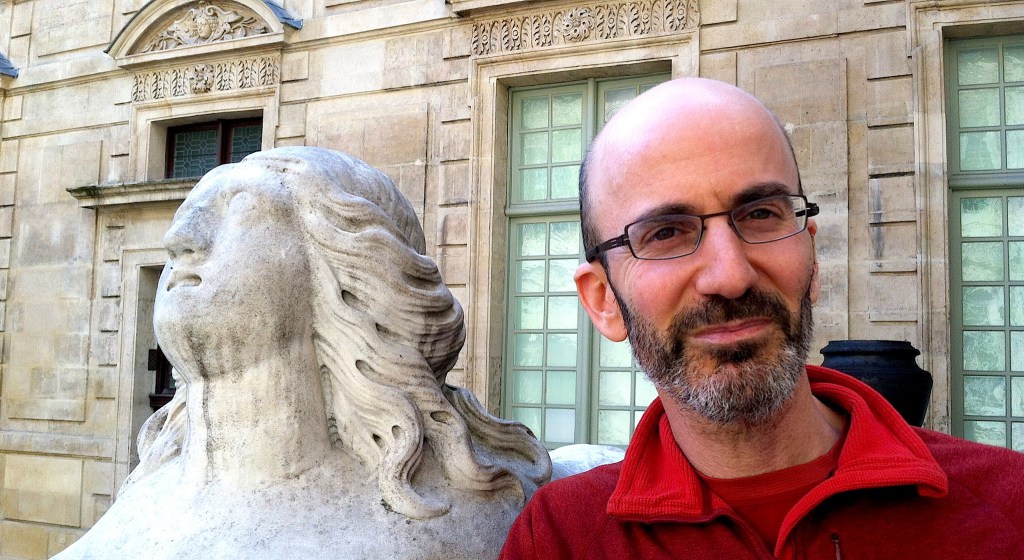 by Brooke Lieb
Q. What, if anything, did you learn from putting hands on faculty?
by Brooke Lieb
Q. What, if anything, did you learn from putting hands on faculty?
A. ACAT's faculty offers me the ultimate laboratory to test my skills as a budding Alexander Technique teacher. The faculty is incredibly sensitive to the messages I'm transmitting, or not transmitting, through my hands and can quickly diagnose and tactfully communicate what my hands are up to. The learning that putting hands on faculty permits is quite unlike what happens when working with fellow trainees or supervisory students -- faculty feedback and guidance has repeatedly taken my practice of the AT to a whole new level.
Because I tend to "try too hard" and am often "highly serious" my work with faculty also helps to address those particular habits in the context of my attempts to teach them. I'm repeatedly offered the chance to lighten up and do less when working with my hands on the teachers, and to see how easing up can make me a better teacher and my teaching practice more sustainable.
Q. Did you observe direction in your teacher when you put hands on her or him?
Teachers at ACAT offered me vivid direction -- sometimes consciously amplified by them because of where I was in the training process -- whenever I put hands on them.
Q. If you did observe direction in your teacher, did the experience illuminate the concepts of AT, the actual mechanism of h/n/b integration/primary control, or any of F. M.'s ideas from his writings?
Teachers know when I'm inhibiting, and when I'm not. And they illustrate, sometimes overtly and sometimes implicitly, the impact of inhibition coming through my hands on their nervous systems and coordination.
Q. How did the supervised teaching in the third year contribute to your learning, and/or prepare you for teaching on your own?
Having faculty observe and participate in supervised teaching has been a boon for me as a trainee. Often supervisory students exhibit patterns of misuse that I have not encountered before on the training course; having faculty immediately available to answer my questions and offer suggestions regarding a student's misuse takes the pressure off in challenging teaching situations and supports my learning. Meanwhile, faculty often put hands on me as I put hands on my student, helping me to come back to my own use and address my own habits as the foundation from which my teaching must originate. Lastly, the opportunity to discuss each supervisory session with faculty and colleagues after the students leave has helped me to gain more insight from my own experience and to learn from my colleagues as well.
[author] [author_image timthumb='on']http://www.acatnyc.org/main/wp-content/uploads/2014/01/Brooke1web.jpg[/author_image] [author_info]N. BROOKE LIEB, Director of Teacher Certification since 2008, received her certification from ACAT in 1989, joined the faculty in 1992. Brooke has presented to 100s of people at numerous conferences, has taught at C. W. Post College, St. Rose College, Kutztown University, Pace University, The Actors Institute, The National Theatre Conservatory at the Denver Center for the Performing Arts, Dennison University, and Wagner College; and has made presentations for the Hospital for Special Surgery, the Scoliosis Foundation, and the Arthritis Foundation; Mercy College and Touro College, Departments of Physical Therapy; and Northern Westchester Hospital. Brooke maintains a teaching practice in NYC, specializing in working with people dealing with pain, back injuries and scoliosis; and performing artists. www.brookelieb.com[/author_info] [/author]
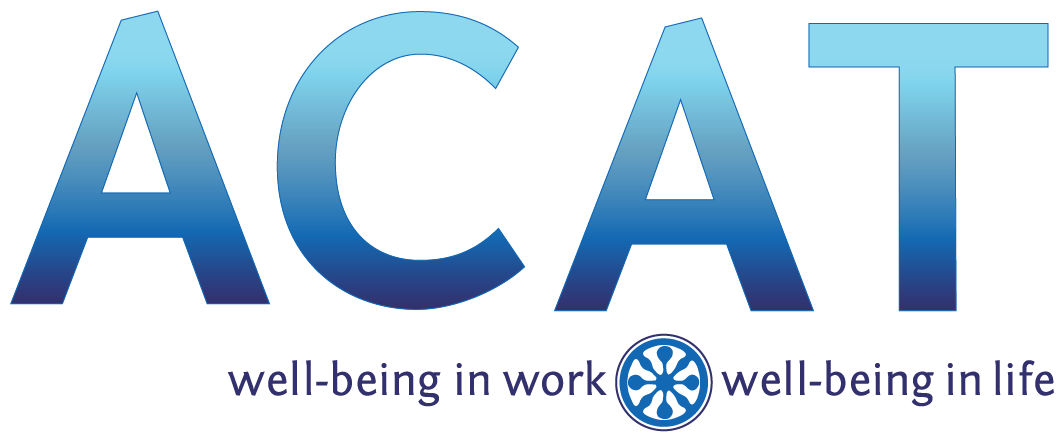
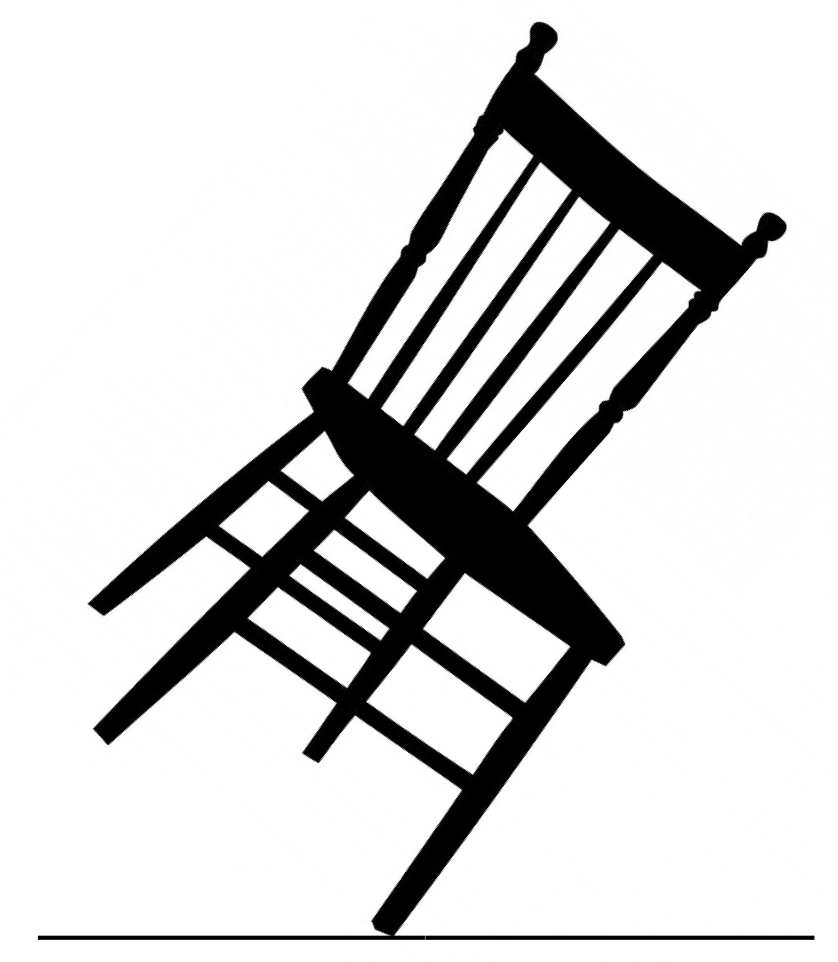 by Ezra Bershatsky
It is almost irresistible to become fascinated with the philosophies that are so perfectly compatible with the Alexander Technique; to revel in the Zen-like mysticism it inspires: “The chair lifts; I don’t lift it," or "I am breathed." For some, this is confirmation of what they already believe. However, I think this only serves to obscure for others and even ourselves what is actually happening.
by Ezra Bershatsky
It is almost irresistible to become fascinated with the philosophies that are so perfectly compatible with the Alexander Technique; to revel in the Zen-like mysticism it inspires: “The chair lifts; I don’t lift it," or "I am breathed." For some, this is confirmation of what they already believe. However, I think this only serves to obscure for others and even ourselves what is actually happening.
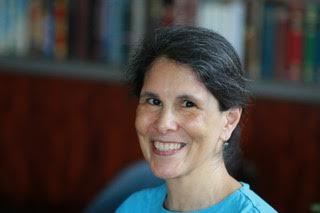 by Brooke Lieb
by Brooke Lieb
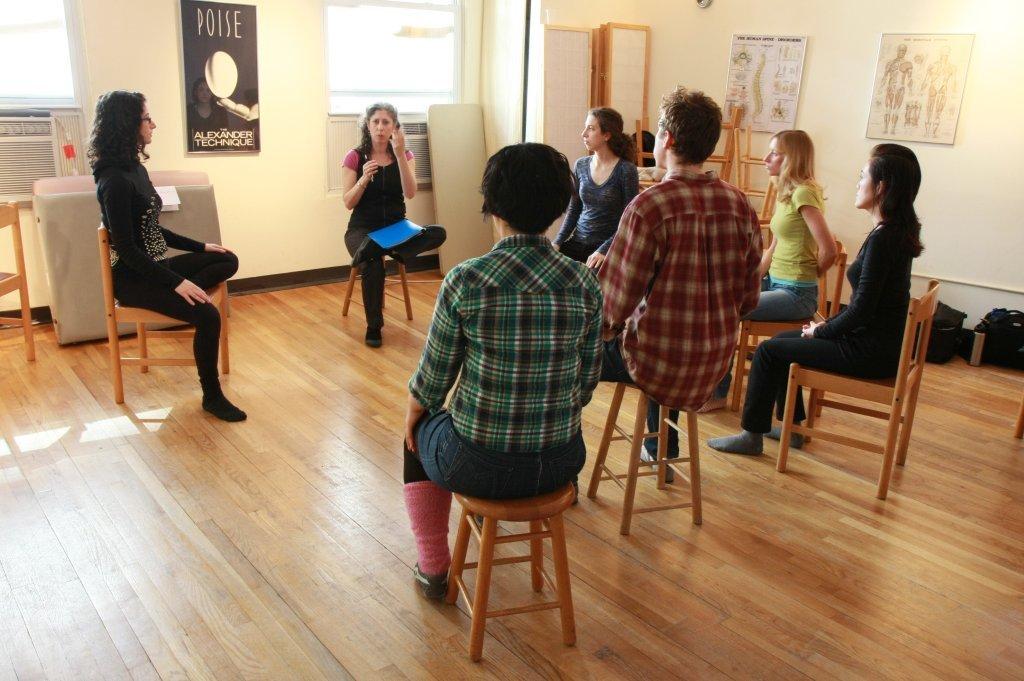 by Brooke Lieb, ACAT Training Director
ACAT’s Teacher Certification Program follows a developmental curriculum, which has been refined over the last 49 years. Our program is designed so that our graduates are prepared, and more importantly, are confident about their ability to teach, by the time they receive their teaching certification.
by Brooke Lieb, ACAT Training Director
ACAT’s Teacher Certification Program follows a developmental curriculum, which has been refined over the last 49 years. Our program is designed so that our graduates are prepared, and more importantly, are confident about their ability to teach, by the time they receive their teaching certification.